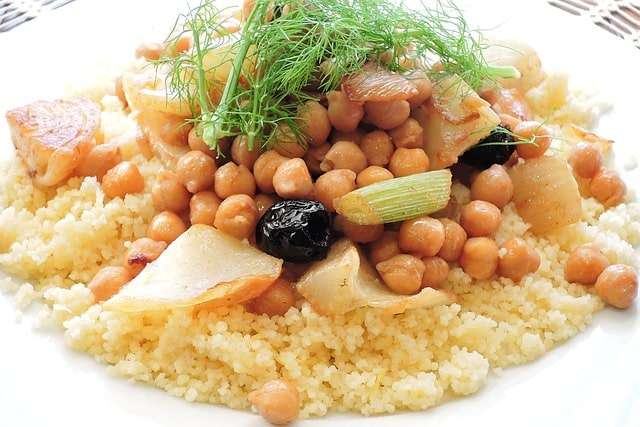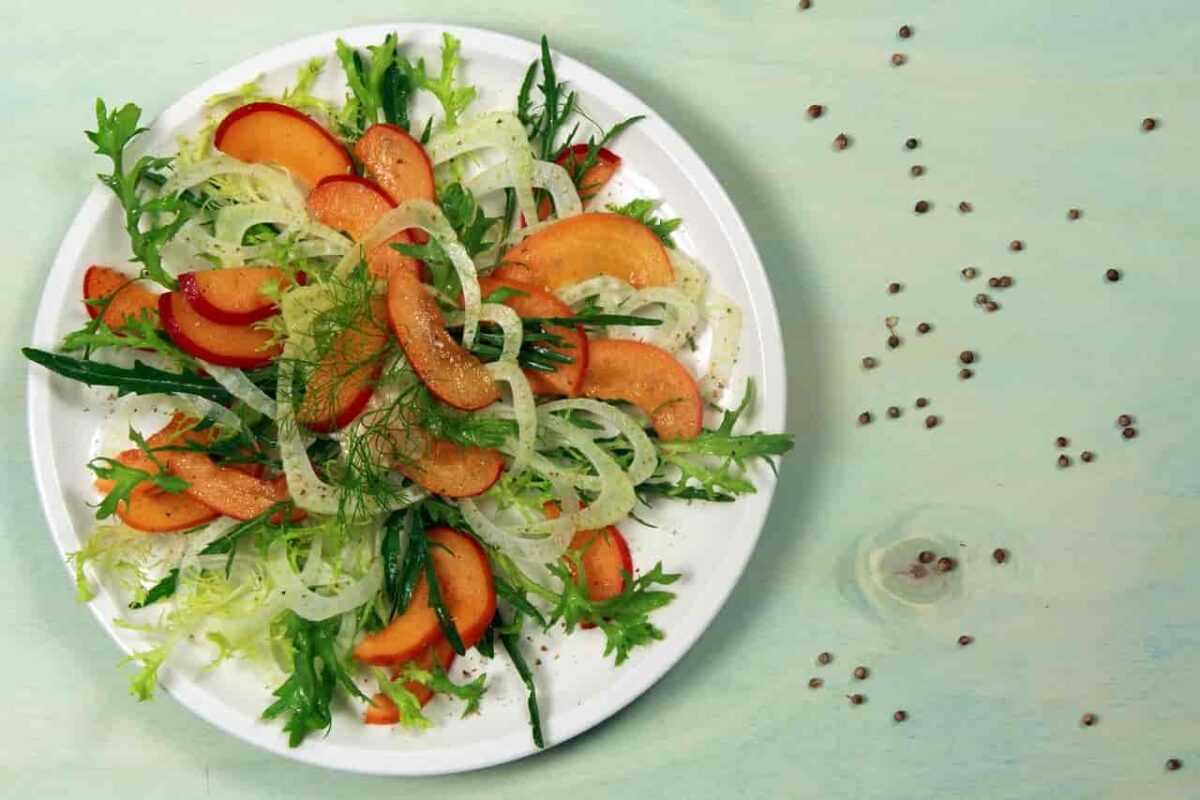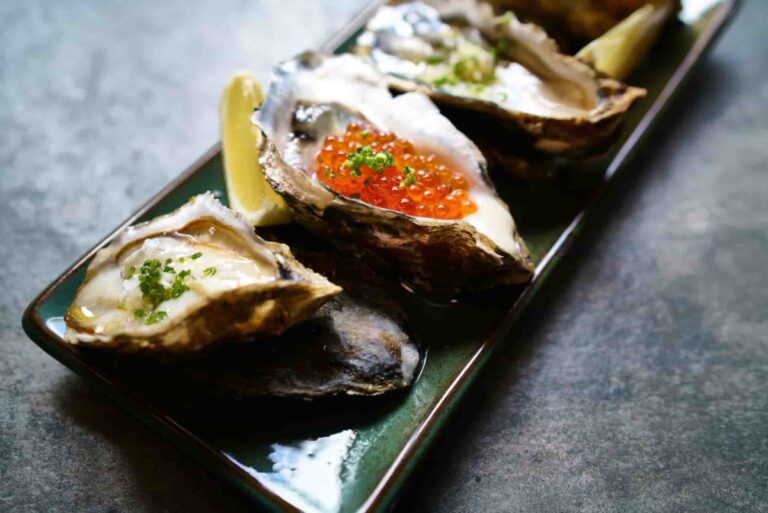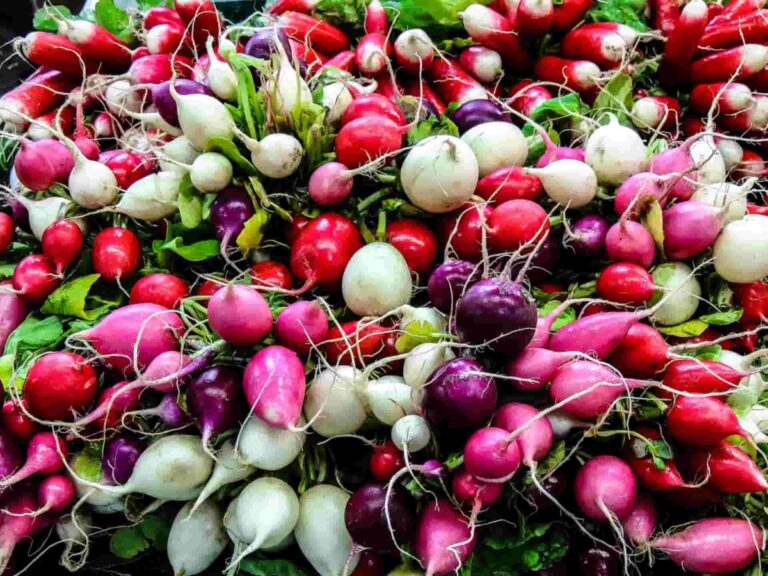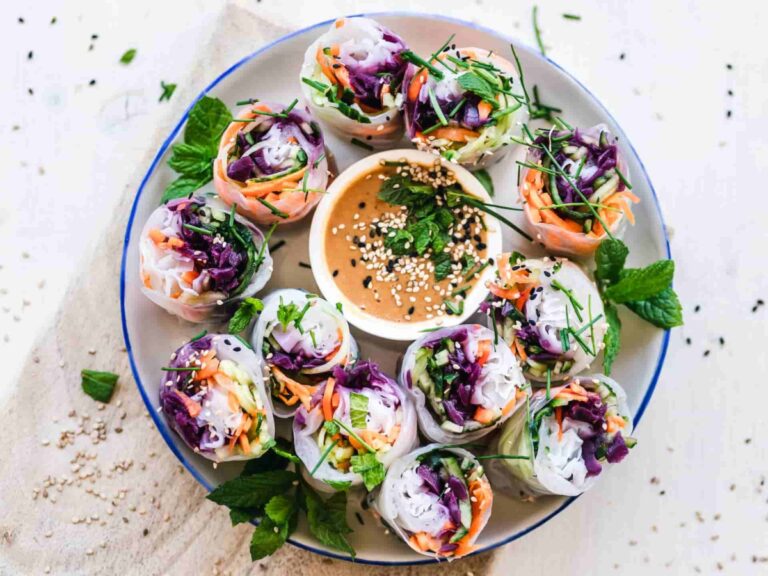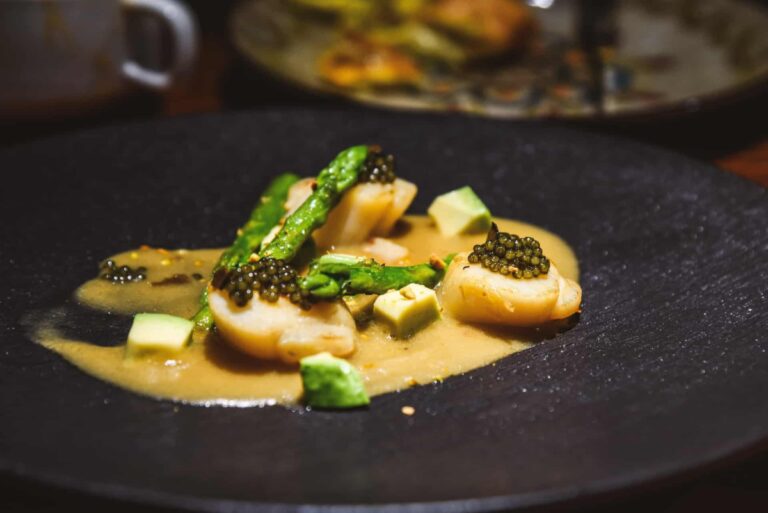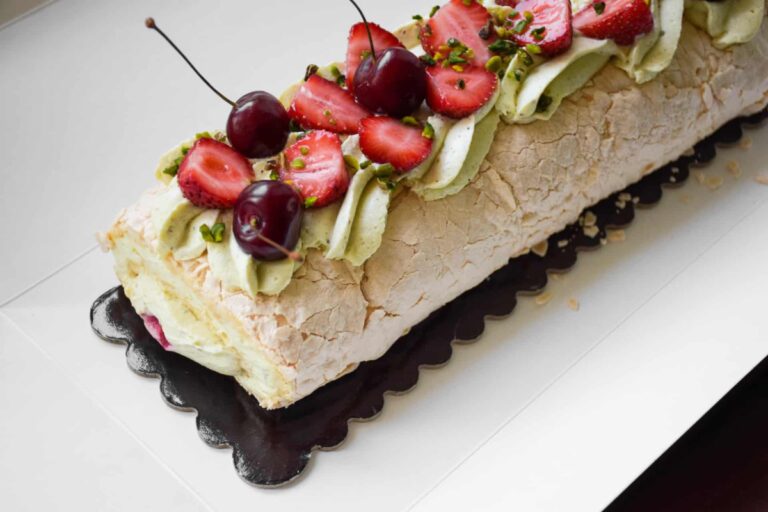Fennel 101- kitchen insights just for you
Did you know that Absinthe, the renowned Swiss alcoholic beverage, is made from fennel, wormwood, and anise?
- Absinthe is an alcoholic concoction that began in Switzerland as a therapeutic elixir and by the late 19th century had become a popular alcoholic drink in France and other countries. One of the key constituents of absinthe is fennel, which was used in the preparation of the elixir.
- The origin of the term “fennel” may be traced back to the Middle English word fenel or fenyl. This originates from the Old English word fenol or finol, which in turn is derived from the Latin word feniculum or foeniculum, which is the diminutive form of the word fenum or faenum, which both imply “hay.”
- The crunchiness and mild sweetness of fennel make it a welcome addition to the flavour profile of the ever-popular cuisine of the Mediterranean. Be sure to include this in your selection of fresh veggies from the fall through the early spring when it is at its prime and most often associated with Italian cuisine. This is the time of year when it is easily accessible and at its peak quality.
- The seeds and the oil that is derived from them have a fragrance and a flavour that are reminiscent of anise. Because of this, they are often used in the flavouring of confections, liqueurs, medications, and cuisines, in particular baked goods, sweet pickled vegetables, and fish.

Fennel nutrition and health benefits facts
- Fennel and fennel seeds both have very few calories yet provide a multitude of beneficial nutrients to the body. Fresh fennel bulbs are an excellent source of vitamin C, which is a water-soluble vitamin that is necessary for proper immune system function, the repair of damaged tissue, and the production of collagen. In addition, your body makes use of vitamin C as a potent antioxidant to protect its cells from the potentially damaging effects of free radicals, which are unstable molecules.
- It is necessary for enzyme activation, metabolism, cellular defense, bone formation, blood sugar regulation, and wound healing that manganese be present in both the bulb and the seeds. In addition to manganese, potassium, magnesium, and calcium may be found in fennel, as can the seeds of the plant. All of these minerals are essential for maintaining healthy bones.
- One of the most remarkable characteristics of the health advantages offered by fennel and fennel seeds is that they include a variety of plant compounds and antioxidants. Polyphenol antioxidants such as rosmarinic acid, chlorogenic acid, quercetin, and apigenin may be found in the essential oil of the plant. In all, the essential oil of the plant includes around 87 distinct volatile compounds. Anti-inflammatory polyphenol antioxidants have a significant influence on the health of an individual.
- Numerous studies have shown that individuals who consume nutritious meals that are rich in the aforementioned antioxidants have a lower risk of developing health conditions such as obesity and cardiovascular disease. Over twenty-eight distinct compounds have been identified in fennel seeds, including anethol, fenchone, methoxy chavicol, and limonene, amongst others. Fennel seeds also contain essential oils. It has been shown that the chemical limonene, which is found in plants, may aid in the battle against free radicals and, as a result, protect rat cells from the damage caused by chronic illnesses.
- Taste is enhanced by fennel seeds, which also have the added benefit of reducing feelings of hunger. It is believed that the appetite-suppressing qualities of fennel come from a component of the plant called anethole, which may be found in the essential oil of fennel. It is possible that fennel has properties that might decrease hunger; however, the data supporting this claim is contradictory, and further study is necessary to establish this.
- The high fibre content of fennel and its seeds, which has been discovered to decrease risk factors for heart disease such as excessive cholesterol, may offer a variety of health advantages for the heart. Some of these benefits include lowering blood pressure and reducing the risk of stroke. Fennel and the seeds it produces include beneficial amounts of the minerals magnesium, potassium, and calcium, all of which contribute to a healthy heart. Consuming foods that are high in potassium, for instance, may help lower blood pressure, which is a risk factor for cardiovascular disease. Other ways to lower blood pressure include exercising regularly and quitting smoking.
- The high fibre content of fennel, which has been shown to lower risk factors for heart disease including excessive cholesterol, may contribute to a range of benefits for cardiovascular health. One of these benefits is a reduction in the incidence of colon cancer. Your heart will benefit from the magnesium, potassium, and calcium that can be found in fennel and its seeds. These minerals work together to keep your heart in healthy working order. You may reduce your risk of heart disease, for instance, by eating foods that are high in potassium and incorporating them in your diet.
- Although consuming fennel and its seeds is likely to not cause any damage, taking higher quantities of fennel in the form of a supplement may cause negative interactions with some medications and provide a risk to pregnant women who take the supplement.
- Both the sweet, crunchy bulb and the aromatic seeds of the fennel plant are incredibly nutritious and have the potential to deliver a wide range of remarkable health benefits. Fennel is a plant that can be used to get a number of different health advantages. According to a number of studies, include them in your diet may help to improve your cardiovascular health, reduce inflammation, help you feel fuller for longer, and even have potential anticancer effects.
80g of fresh fennel has 31 calories(129kj), 1.2g protein, 0.2g fat, and 7g carbs, including 3.1g fibre.
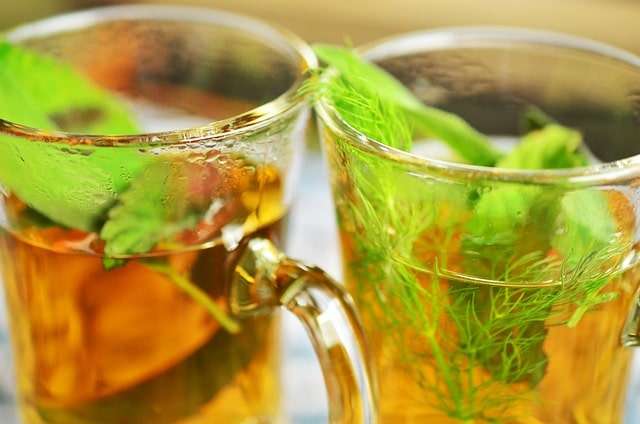
How to store fennel and how to buy them
- The following should be your top priorities: choose white bulbs ranging from tiny to medium in size that are heavy and substantial, and have bright green feathery fronds on the ends. Avoid purchasing bulbs that are excessively large in size, have moist areas, or seem to be shrivelled and dry for a number of different reasons. It is important to purchase bulbs and stalks that are free and clear of any cracks, splits, discolouration, or bruising at all costs.
- The plant known as fennel has a temperament that may be easily upset. In spite of the fact that it seems to be very substantial, there is a risk that it may acquire brown pressure marks and become mushy. Because of this, you need to treat it with care, and you shouldn’t store it in a place where it will be squashed between other vegetables. This root vegetable may easily survive in conditions that are on the cooler side. If you want to maintain its freshness, the vegetable drawer in your refrigerator is an excellent location to put it in.
- Although it can be left out on the counter for two to three days if it is wrapped in a brown paper bag, the shelf life of the product may be extended to anywhere from seven to twelve days if it is covered with a damp kitchen towel and stored in the refrigerator.
- As most people know, herbs lose their potency and usefulness if they aren’t utilised right away. Put the fennel leaves into a big glass container and fill the rest of the way with cold water. Make sure the lid is secure so that contaminants don’t get into the water supply. Avoid putting at the back of the fridge, which tends to be the coldest portion of the fridge. Fennel’s look, texture, and flavour will all suffer as a result. Having a glass container on the front of the refrigerator helps it function more efficiently.
- The first step in preparing flavourful pickled fennel is to use a sharp knife to slice the bulb of the fennel bulb into very small, thin pieces.
- The next step is to put all of the pickling ingredients into a saucepan that has one cup of water in it and stir them together until they are well blended.
- It is recommended that one cup of white wine vinegar, one-fourth of a cup of sugar, and two teaspoons of coarse salt be added to the mixture.
- Let the mixture boil until the sugar and salt have fully dissolved, taking care not to stir it too much.
- You may spice it up with some peppercorns or lemon if you want it to have a more robust flavour.
- Take the pan off the heat and let the mixture cool for at least 5 minutes after it has been sitting there.
- Prepare the fennel by simmering it in the liquid for 15 to 20 minutes, depending on the size of the vegetable.
- Before transferring the mixture to a pickle jar, it must to be well combined.
- Freezing it is another alternative, and it’s one that works out really nicely. If you do it in this manner, you will be able to maintain the fennel’s freshness for up to 8 months. Before it can be frozen, it must first be blanched, which is an important step to keep in mind. Follow the simple steps below: split the bulb, blanch the halves for one minute in boiling water with the juice of half a lemon added to keep the bright green colour of the fennel, let them cool, and then store them in zip-top freezer bags, being sure to close each bag firmly before placing them in the freezer.
- The first thing that must be done before the fennel seeds can be stored is to strip it of its seed heads.
- To prevent the seeds from being harmed in any way, slice them up carefully with the knife.
- In addition to this, you may put the whole bulb in a paper bag and firmly shake the bag to remove the seed heads from the fennel.
- Now, spread the seeds out on a surface that is level and clean, and allow them to dry for anywhere between two and four days, depending on the size of the seeds.
- To ensure that the dried fennel seeds remain in good condition, store them in a container that is airtight.
- It is possible to store it in a drawer, a cabinet, or even the freezer if you so want.
- You may have the option of just acquiring it from the market section of the dry store.
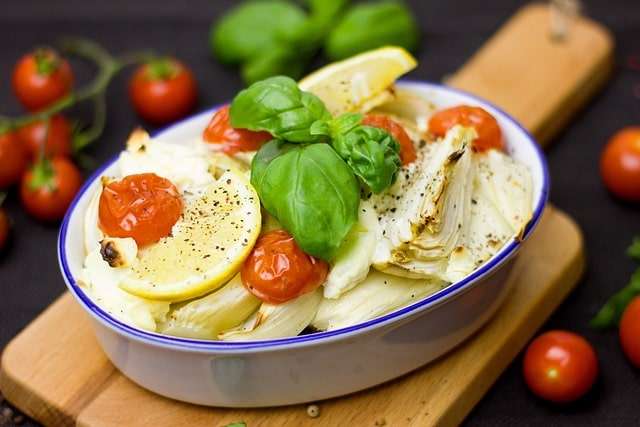
Cooking techniques, secrets, and tips from the kitchen
- Fennel stalks provide a distinctive flavour to vegetable and fish stocks, which may be used either as a compliment to the flavours of other components or as a replacement for those other components. You may either give them a rough chop and add them to the boiling stock at the beginning of the cooking process to get the full flavour of the fennel, or you can add them at the end of the cooking process to get just a hint of the fennel flavour in your pot.
- Fennel that has been cut into fringes may be used as a garnish on herb salads, where it will compete well with other delicate herbs such as tarragon and chives. It is also a good idea to throw them into any basic green salad in order to provide a flowery aroma and flavour to the dish. It is important to remember to mince them very finely, in a manner similar to that used for dill, in order to break down the grassy texture of the greens.
- Create a compound butter that can be used as a flavourful topping for a variety of foods, including fish, grilled chicken, pasta straight from the pot, or rice that has been steamed.
- In a blender or food processor, all you need to do is mix a stick of butter that has been let to come to room temperature with finely chopped fennel fronds, a diced shallot or piece of red onion, a pinch of salt, and a few sprinkles of pepper.
- Construct a cylinder out of the substance you have just combined by rolling it between two sheets of waxed paper.
- Put the butter in the freezer for up to three months, and then remove as many butter coins as you like from the ice cube tray.
- Fennel fronds, like other food scraps, may be hidden in pesto, which is one of the most efficient methods to conceal them. Before serving, you may want to incorporate them into the basil-based sauce for an additional dimension of herbal enjoyment. Fennel fronds may also be used to make a beautiful sauce all by themselves. This can be done in a similar manner. Use a blender to make a puree of the ingredients, adding a touch of oil and some fresh lemon juice for good measure. After the chicken, fish, or vegetables have finished cooking, drizzle the sauce over them.
- A simple meal that can be made in a matter of minutes, grilling or griddling fennel with black olive dressing is an easy option.
- Toss the fennel with one tablespoon of the oil, making sure it is well covered.
- Fry the fennel for five minutes on each side, or until it is golden brown all over and has some blackened areas.
- To make the dressing, get a big bowl and mix the olives, garlic, lemon juice, and a teaspoon of the olive oil together until everything is well distributed.
- Throw in some chopped parsley and basil after you’ve got everything else ready.
- The fennel should be placed on a serving platter, and the dressing should be drizzled over it.
- Serving temps may either be warm or at room temperature. Either one is OK.
- There are many different applications for fennel seeds all throughout the world; these applications vary based on where you reside. In the regions of Scandinavia and Central Europe, the seeds are often used in the baking process, most notably in the production of sweet pastries and rye breads.
- The use of fennel in Italian sausage making has contributed to the herb’s widespread popularity in that country. Fennel seeds are a component in the traditional Indian spice mixture known as Panch Phoran. This blend also contains cumin, mustard, and fenugreek seeds, and it is named for its five individual components. You can usually find this combination in Indian grocery shops since it is used to flavour curries and because you can buy it there.
- Fennel is most often used in conjunction with pork, chicken, and sausage, although some chefs will even use it in lamb dishes. Pork, chicken, and sausage are among the most frequent fennel pairings. Additionally, it is a well-liked choice for almost every kind of fish, including shellfish, and may be obtained in a variety of forms. In Italian and Tuscan cooking, fennel plays a significant role, and you’ll often see it combined with seafood like crab and mussels in risotto dishes.
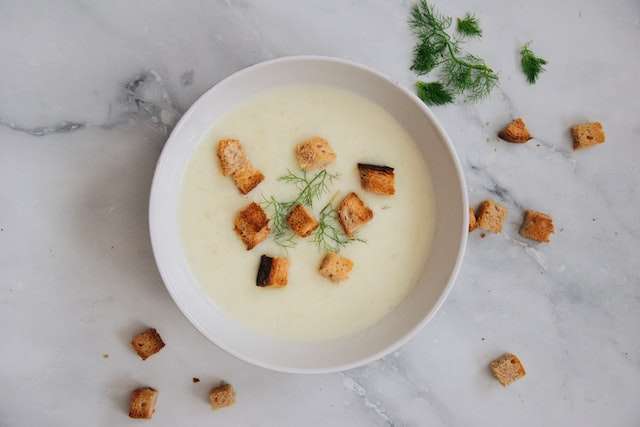
History of fennel from the beginning until today
- Ancient Greeks and Romans prized it for its medicinal, culinary, and insect-repelling virtues. Fennel tea was considered to make troops courageous before battle. Greek mythology says Prometheus used a giant fennel stalk to bring fire from Mount Olympus to Earth.
- Florence fennel is one of three main plants in absinthe. Absinthe began as a European medicinal elixir and became popular in France and other nations by the late nineteenth century.
- India, Afghanistan, Iran, and the Middle East eat fennel fruits. It is a crucial spice in Kashmiri, Gujarati, and Indian cuisine. This spice appears in Assamese, Bengali, and Oriya Panch Phoran and Chinese five-spice powders. Roasted fennel fruits are rubbed on the skin as mukhwas, an after-meal digestive and breath refresher, or candied and eaten as comfit in India.
- Egg, seafood, and other recipes require fresh or dried fennel leaves. It may be cooked and served as a warm side in Italian meals.
- Fennel fruits flavour Italian sausage. Berenjena de Almagro, or pickled eggplants, are a Spanish delicacy prepared from fennel stems. Herbal teas and tisanes may be made from fennel.
- In Israel, fennel salad is made with chopped fennel bulbs, salt, black pepper, lemon juice, parsley, olive oil, and occasionally sumac.
